Dr. Jordan Kozal is a Senior Consultant with more than 10 years of experience in the health and environmental science fields. Her principal areas of training and expertise are toxicology and ecotoxicology, as well as human health and environmental risk assessment. Dr. Kozal’s primary practice areas also include product stewardship and sustainability. Through her work, Dr. Kozal has evaluated potential health hazards and risks from exposure to a wide range of industrial chemicals (e.g., lead, asbestos, semiconductor chemicals), environmental contaminants (e.g., wildfire smoke, per- and polyfluoroalkyl substances [PFAS], microplastics), food and feed additives and contaminants, pharmaceuticals, dietary supplements, over the counter drugs, medical devices, wearable devices, personal care products, and cosmetics.
Ph.D., Environment, Duke University, Nicholas School of the Environment, Durham, North Carolina, 2018
B.S., Biology, Stanford University, Stanford, California, 2013
Certificate in Integrated Toxicology and Environmental Health (Duke University, Nicholas School of the Environment, Durham, North Carolina, awarded 2018)
Safety Data Sheet and Label Authoring Registry Preparation Course (American Industrial Hygiene Association, Falls Church, Virginia, 2018)
Top 10 Abstract Award (Society of Toxicology Risk Assessment Specialty Section Executive Committee, Society of Toxicology 61st Annual Meeting, 2022)
Best [Platform] Presentation Award (International Symposium on Pollutant Responses in Marine Organisms 19, 2017)
Best Ph.D. Student Poster Presentation Award (Level – Ph.D.; Placing – 1st) (Society of Environmental Toxicology and Chemistry North America 35th Annual Meeting, 2014)
Predoctoral National Institute of Environmental Health Sciences (NIEHS) Training Grant Fellowship and Superfund Research Program Trainee (NIEHS, Durham, North Carolina, 2013–2018)
Letters of Commendation for distinction in scientific writing (Stanford Department of Biology, 2011)
Nomination for excellence in writing, analytics, and rhetoric (Stanford Program of Writing & Rhetoric, 2010)
Jordan Kozal, Ph.D. Senior Consultant
Dr. Jordan Kozal is a Senior Consultant with more than 10 years of experience in the health and environmental science fields. Her principal areas of training and expertise are toxicology and ecotoxicology, as well as human health and environmental risk assessment. Dr. Kozal’s primary practice areas also include product stewardship and sustainability. Through her work, Dr. Kozal has evaluated potential health hazards and risks from exposure to a wide range of industrial chemicals (e.g., lead, asbestos, semiconductor chemicals), environmental contaminants (e.g., wildfire smoke, per- and polyfluoroalkyl substances [PFAS], microplastics), food and feed additives and contaminants, pharmaceut...
Dr. Jordan Kozal is a Senior Consultant with more than 10 years of experience in the health and environmental science fields. Her principal areas of training and expertise are toxicology and ecotoxicology, as well as human health and environmental risk assessment. Dr. Kozal’s primary practice areas also include product stewardship and sustainability. Through her work, Dr. Kozal has evaluated potential health hazards and risks from exposure to a wide range of industrial chemicals (e.g., lead, asbestos, semiconductor chemicals), environmental contaminants (e.g., wildfire smoke, per- and polyfluoroalkyl substances [PFAS], microplastics), food and feed additives and contaminants, pharmaceuticals, dietary supplements, over the counter drugs, medical devices, wearable devices, personal care products, and cosmetics.
- Product Stewardship
- Human Health Risk Assessment
- Toxicology
- Environmental Risk Assessment
- Risk Communication
- Marine Science

